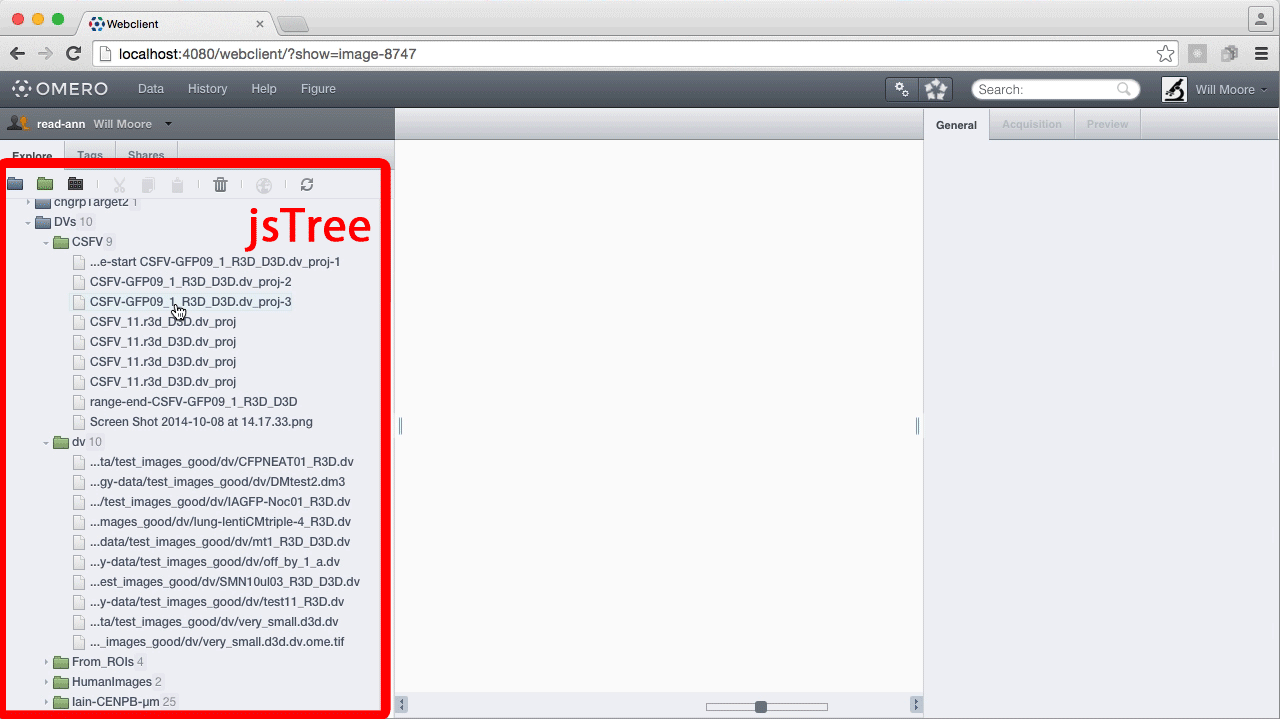React render - purely props and state?
In React.js, components should use props and state as the source of data for
rendering HTML. The props is for static data and the state is for
the component to store data that changes.
A component’s render() function is usually described as a “pure” function that takes props and state and returns the same HTML each time, with no side effects. But is it an anti-pattern if render() is not a pure function?
In the scenario below, I’m caching some some data as a simple attribute of the component, and re-using this in subsequent calls to render().
var ImageGallery = React.createClass({
render: function() {
// we cache the parent node for subsequent calls to render()
this.previousParent = parentNode;
// ...other code omitted... see jsfiddle below
}
});This is what I’ve done to implement the particular behaviour I wanted…
The problem
Our application uses jsTree to load and browse
collections of images. The jstree is outside of the React part of the application.
We use React to render image thumbnails in a gallery when they (or their parent folder)
are selected in the tree. The jstree manages all state and the React components
merely recieve selected images as props.
However, when an image is de-selected in the tree (Cmd-click),
we still want to see the same folder of thumbnails in the gallery.

The current solution
To get this behaviour, I simply cache the parent jsTree node on every render(). Then, on subsequent calls to render(), if nothing is selected in the tree, I use the previously cached parentNode. You can try this in the jsfiddle below.
It seems wrong to be storing data within React components without using props
or state. But I can’t update props (immutable), and I can’t setState() in a render() call
because this will lead to recursion!
Maybe I should just be happy with the way it is, but I can’t help wondering if there’s a nicer way to do this? I guess I could cache the parentNode outside of the React code, such as in the jsTree itself, but this seems like it would be a lot more code, so only worth it if there’s a good reason. If you have any ideas, please feel free to try them in the jsfiddle and let me know what you come up with, Thanks!